No products in the cart.
Sale
MACTIDE-V | CD206-Targeted Peptide-Drug Conjugate for TAM Modulation and Cancer Research
Original price was: $46.00.$28.00Current price is: $28.00.
MACTIDE-V is a selective CD206-targeted peptide-drug conjugate that delivers Verteporfin to tumor-associated macrophages (TAMs). It inhibits the YAP/TAZ signaling pathway, reprograms TAMs toward an anti-tumoral phenotype, enhances T and NK cell responses, and exhibits potent antitumor effects in triple-negative breast cancer research models.
Description
Contents
hide
Product Description
MACTIDE-V is an advanced peptide-drug conjugate (PDC) designed for the selective targeting and modulation of CD206⁺ tumor-associated macrophages (TAMs). It represents a novel strategy in cancer immunotherapy and tumor microenvironment (TME) reprogramming, providing a powerful research tool for studying macrophage-driven tumor progression and immune suppression.
The compound consists of a macrophage-targeting peptide (MACTIDE) linked to Verteporfin, a small-molecule photosensitizer known for its inhibitory effect on the Yes-associated protein (YAP) and transcriptional coactivator with PDZ-binding motif (TAZ) signaling pathway. Upon binding to CD206, a mannose receptor highly expressed on TAMs, MACTIDE-V selectively delivers Verteporfin to these immunosuppressive cells, enabling precise reprogramming of the tumor immune microenvironment.
Research Significance
Tumor-associated macrophages represent a major component of the tumor stroma and play a pivotal role in supporting cancer growth, metastasis, angiogenesis, and immune evasion. The CD206 receptor, or mannose receptor C-type 1 (MRC1), is highly expressed in M2-like macrophages that promote tumor progression through secretion of IL-10, VEGF, and other immunosuppressive mediators. Targeting these macrophages has emerged as a promising therapeutic and research strategy.
MACTIDE-V’s selective targeting allows for potent inhibition of the YAP/TAZ signaling pathway in TAMs, leading to YAP exclusion from the nucleus. This action shifts macrophage polarization from a pro-tumoral M2 phenotype toward an anti-tumoral M1 phenotype, characterized by enhanced antigen presentation, increased phagocytosis, and secretion of pro-inflammatory cytokines such as TNF-α and IL-12.
Functional Outcomes
Immune Activation: Reprogrammed TAMs enhance infiltration of cytotoxic T lymphocytes (CTLs) and natural killer (NK) cells into the tumor microenvironment.
Suppression of Metastasis: In triple-negative breast cancer (TNBC) mouse models, MACTIDE-V significantly reduces both primary tumor volume and lung metastatic nodules.
Pathway Regulation: Inhibits YAP/TAZ transcriptional coactivators, reducing proliferation and migration signals in cancer cells indirectly through macrophage modulation.
Oral Bioavailability: Unlike most peptide conjugates, MACTIDE-V demonstrates oral activity, providing convenience and translational potential in research applications.
Collectively, MACTIDE-V serves as a next-generation immunomodulatory research compound for investigating macrophage biology, tumor immunology, and targeted delivery systems.
Product Specifications
| Parameter | Details |
|---|---|
| Product Name | MACTIDE-V |
| Synonyms | CD206-targeted Verteporfin conjugate, Macrophage-Targeted Verteporfin Peptide |
| CAS Number | — |
| Molecular Target | CD206 (Mannose Receptor), YAP/TAZ Pathway |
| Mechanism of Action | Selective delivery of Verteporfin to CD206⁺ TAMs; YAP inhibition and TAM reprogramming |
| Formulation | Peptide-drug conjugate |
| Biological Effects | TAM repolarization, YAP/TAZ suppression, immune activation |
| Applications | Cancer immunology, macrophage biology, triple-negative breast cancer research |
| Appearance | White to off-white powder |
| Purity | ≥98% (HPLC) |
| Solubility | Soluble in DMSO and aqueous buffers |
| Storage Conditions | -20°C, desiccated, protected from light |
| Stability | Stable for 24 months under recommended storage conditions |
| QC Tests | HPLC, LC-MS, Peptide Mapping |
Mechanism of Action
MACTIDE-V’s mechanism of action is centered on targeted macrophage modulation and immune reactivation through YAP/TAZ signaling suppression.
1. CD206-Mediated Targeting
CD206, also known as MRC1, is a mannose-binding receptor overexpressed on M2-like TAMs. MACTIDE-V’s peptide backbone has high affinity for CD206, ensuring selective internalization via receptor-mediated endocytosis. Once internalized, the conjugated Verteporfin is released intracellularly, enabling localized inhibition of YAP/TAZ activity within the macrophage.
2. YAP/TAZ Inhibition and Macrophage Repolarization
The Hippo-YAP/TAZ signaling pathway regulates cellular proliferation, differentiation, and immune suppression. Verteporfin delivered via MACTIDE-V binds YAP and disrupts its interaction with TEAD transcription factors, preventing its nuclear translocation.
As a result, TAMs undergo a phenotypic shift from an M2 (tumor-promoting) to M1 (tumor-suppressing) phenotype. The M1 macrophages release pro-inflammatory cytokines, enhance phagocytosis, and increase tumor antigen presentation, amplifying adaptive immune responses.
3. Immune Microenvironment Modulation
Repolarized TAMs reduce tumor immune evasion by:
Increasing CD8⁺ T-cell infiltration and NK cell activation.
Promoting cytotoxic activity and antigen presentation.
Reducing levels of IL-10, VEGF, and TGF-β, which are key immunosuppressive mediators.
4. Suppression of Tumor Growth and Metastasis
In TNBC mouse models, MACTIDE-V effectively suppresses both primary tumor growth and secondary metastasis (especially to the lungs). This suppression results from synergistic mechanisms involving immune activation, decreased angiogenesis, and reprogramming of the tumor microenvironment to an anti-tumoral state.
5. Significance in Research
MACTIDE-V enables exploration of:
TAM-targeted therapy development
Mechanistic studies on YAP/TAZ pathway inhibition
Cross-talk between macrophages and tumor immunity
Development of orally active peptide-drug conjugates

Side Effects
As a research compound, MACTIDE-V is not approved for therapeutic use. However, based on mechanistic studies and in vivo research data, several laboratory-observed effects have been reported:
Cytokine Elevation: Increased TNF-α and IL-12 release due to macrophage activation.
Transient Inflammation: Local inflammatory responses observed in some animal models.
Mitochondrial Stress: Moderate oxidative stress resulting from YAP inhibition and macrophage reprogramming.
Hepatic Uptake: As CD206 is also expressed in liver macrophages (Kupffer cells), hepatic accumulation may occur.
Immune Modulation: Enhanced adaptive immune activation could influence experimental immune balance.
Proper safety protocols should be observed when handling MACTIDE-V, including PPE use and controlled dosing during in vivo experiments.
Disclaimer
For research use only. Not intended for human or veterinary use, diagnosis, or treatment. Handle only by trained laboratory personnel under approved biosafety conditions.
Keywords
MACTIDE-V, CD206-targeted conjugate, TAM modulation, Verteporfin peptide, YAP/TAZ inhibitor, macrophage reprogramming, tumor immunology, TNBC research, anti-tumor immune activation, peptide-drug conjugate.
Shipping Guarantee
All products are shipped with tax-inclusive clearance and full damage/loss insurance.
Transaction Guarantee
We accept T/T, PayPal, cryptocurrency, and other secure payment options. Contact our team for further details.
Additional information
| Weight | 0.7 kg |
|---|---|
| Dimensions | 28 × 53 × 28 cm |
What is MACTIDE-V?
MACTIDE-V is a peptide-drug conjugate that selectively targets CD206⁺ tumor-associated macrophages to deliver Verteporfin.
What is its main mechanism?
It inhibits YAP/TAZ signaling in TAMs, reprogramming them toward an anti-tumoral M1 phenotype.
What are its research applications?
Studies on macrophage biology, tumor immunology, and cancer immunotherapy development.
Does MACTIDE-V have oral activity?
Yes, it demonstrates oral bioavailability, making it unique among peptide-drug conjugates.
What type of cancers can it be studied in?
Especially effective in TNBC models, and applicable to other macrophage-rich cancers.
How does it enhance immune response?
By inducing macrophage repolarization and increasing T-cell and NK-cell activation.
What are potential off-target effects?
Possible hepatic uptake and transient inflammation due to systemic immune activation.
How should MACTIDE-V be stored?
At -20°C, protected from light and moisture.
Is it suitable for in vivo research?
Yes, preclinical studies show efficacy in TNBC models.
What is its main advantage over other TAM modulators?
Its CD206-targeted design ensures precision delivery and potent immune reprogramming effects.


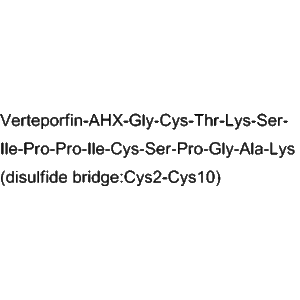


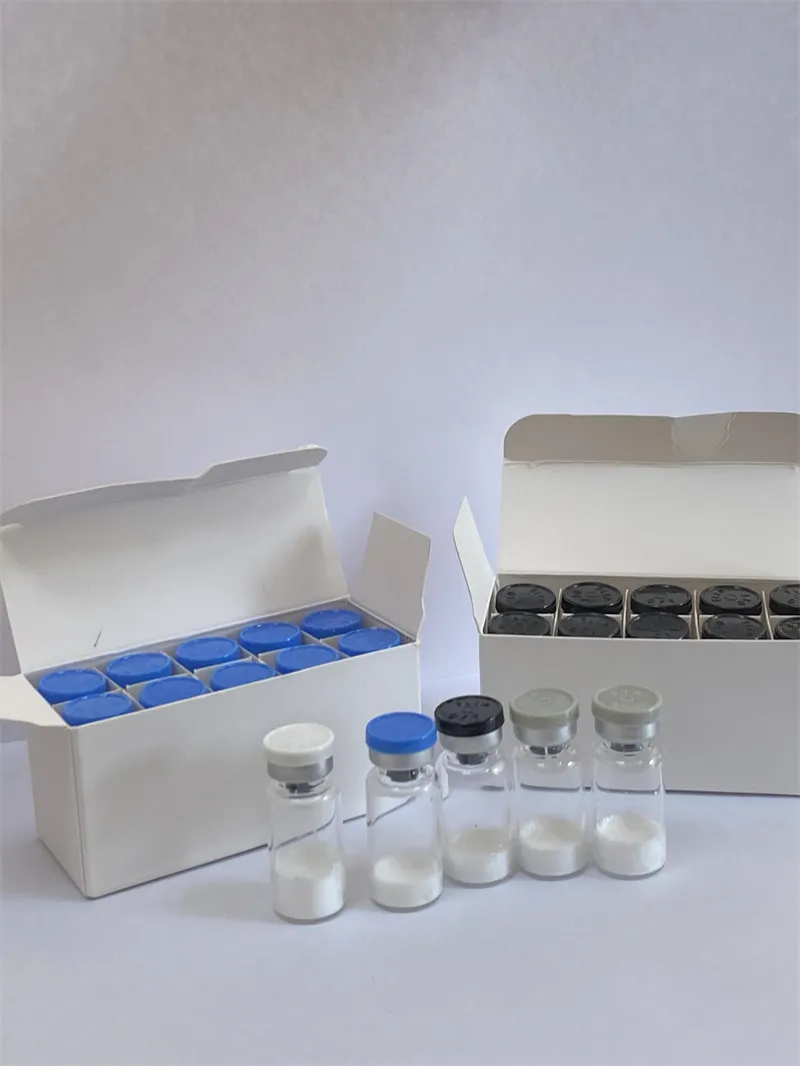



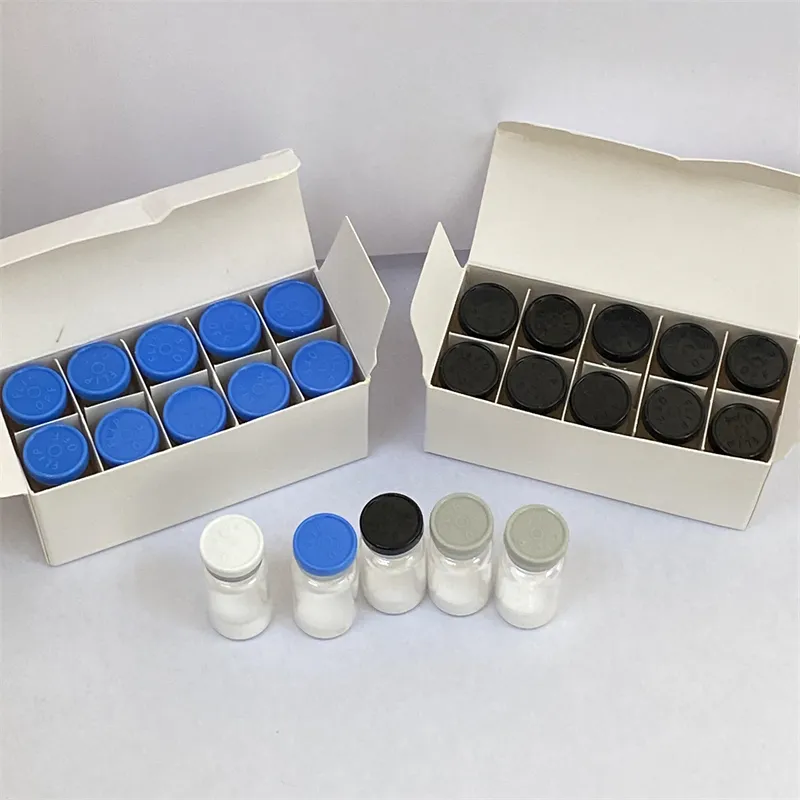

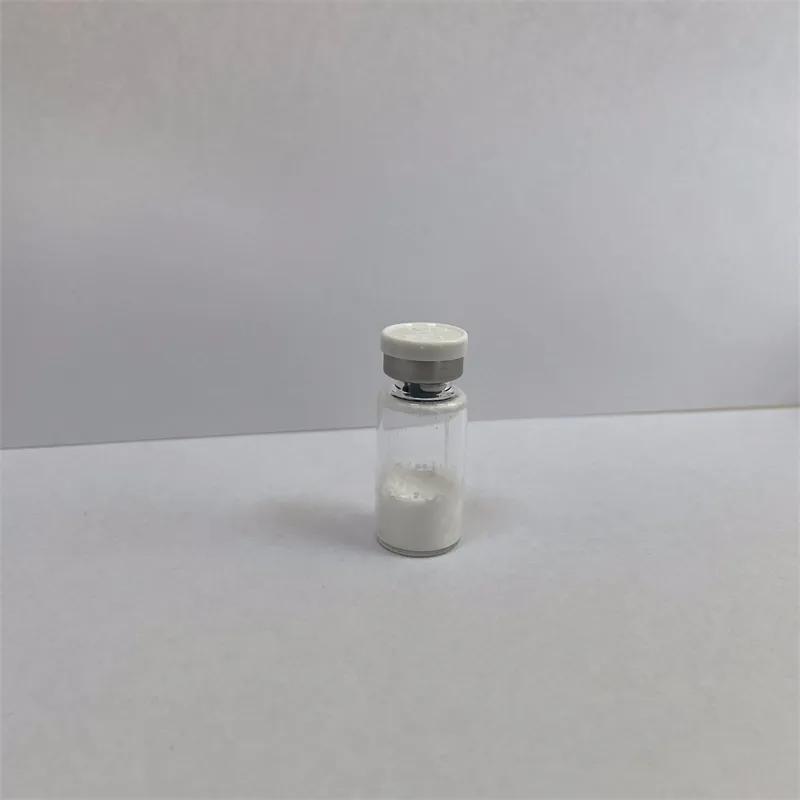
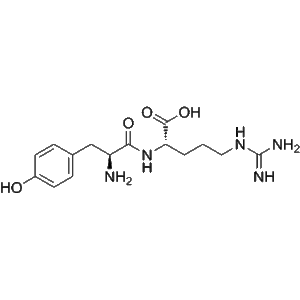
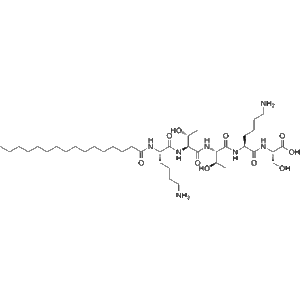
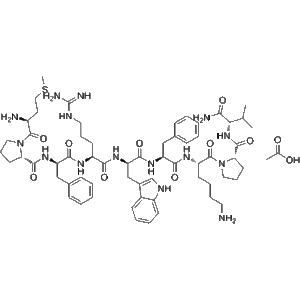
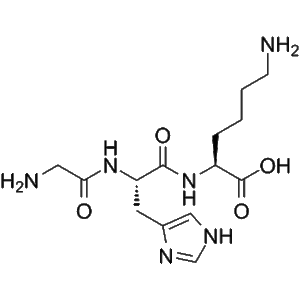
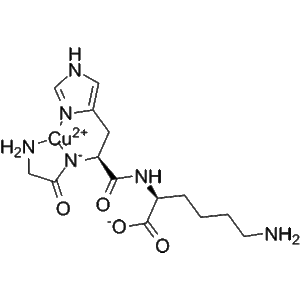
Reviews
There are no reviews yet.